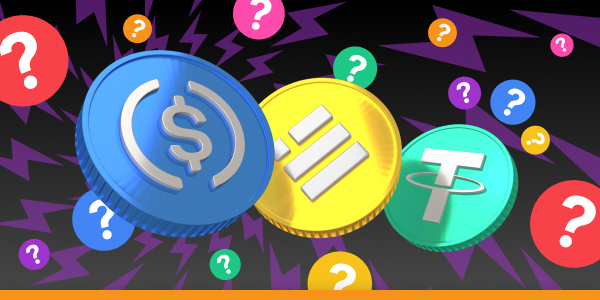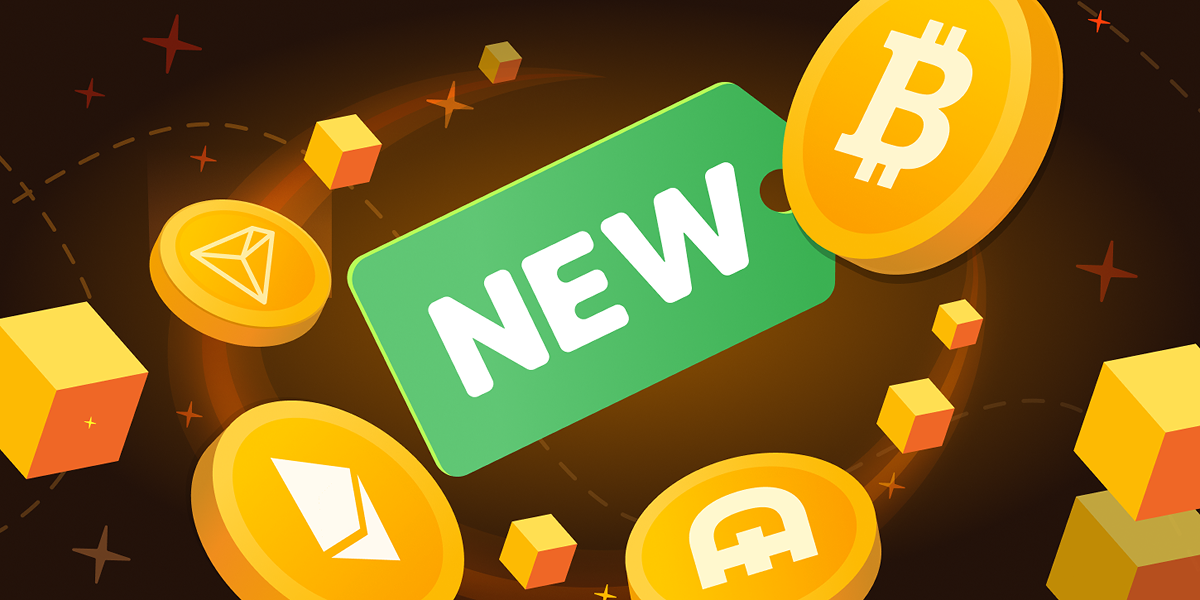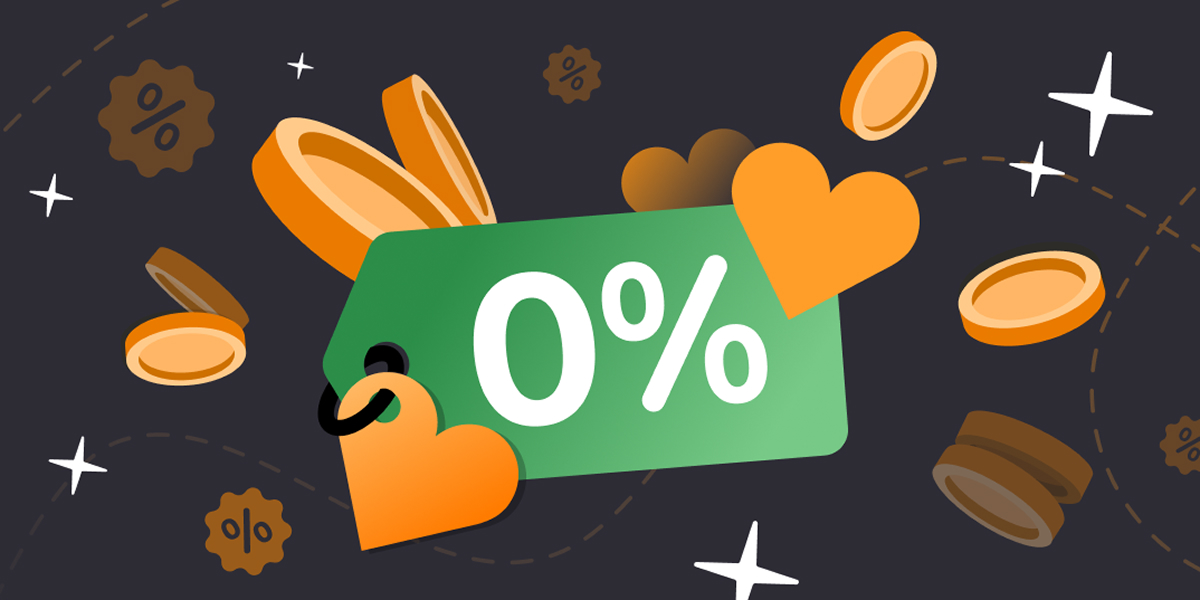NC Wallet News
View allMore Tips to Follow
Choosing Stablecoin: Part Two

Sharing more tips! We are continuing a deep dive into the world of stablecoins. In the first part, we’ve discussed the importance of collecting info about the company issuing stable tokens: its business model, jurisdiction, and regulations. Today, we cover three more things that you should take into consideration.

If an issuer minted 1 million in stablecoins, it would need 1 million in traditional currency (or other assets) to support these tokens. It’s absolutely essential to explore the composition of these reserves. Visit the issuer site and learn the details. Some stablecoins could be backed by risky assets, so reserves might not always be redeemable.
For example, in 2022 Tether refused to use untrusted commercial papers as a reserve fund and replaced them with low-risk US Treasury Bills. Apart from these cash equivalents, USDT is backed by corporate bonds, precious metals, Bitcoin, etc. USDC and BUSD reserves are held in actual assets (cash and US Treasuries). While the DAI value is supported by other cryptocurrencies.

The more open a developer is about the reserves — the safer your funds are. Make sure to find out how often the company behind stablecoin is audited by an independent party. For example, USDC and BUSD reserves are checked every month, while USDT is examined quarterly.

The stablecoin developers may put their reserves into banks, exchanges, or other companies. To find well-known names in the list is a good sign. For example, Tether is often criticised for not revealing the particular banks that hold their “stable” funds.
Stablecoins may be used as a hedge against inflation in countries with developing economies and unstable native currencies. Just pick the one that suits you best!
Recently Added

4 more coins on Binance network

All fees are covered by NC Wallet


 en
en de
de
 fr
fr
 es
es
 it
it
 ru
ru
 pt
pt

